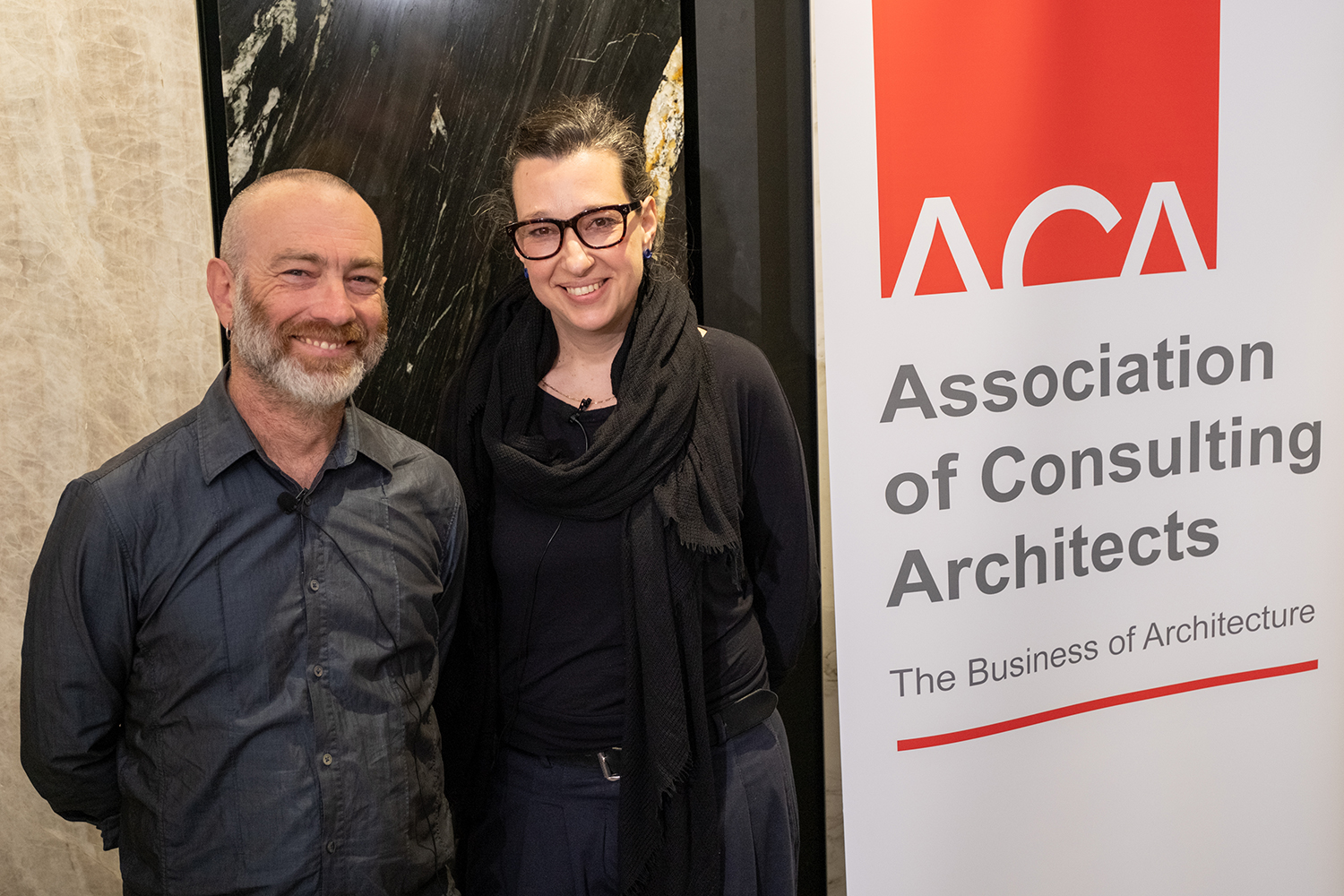Practice Leadership recap

Last month, Michael Lewarne from Unmeasured delivered an informative face-to-face presentation about mindful leadership and its impacts in practice for an enthusiastic Sydney audience. Jennifer Crawford provides a recap.
An enthusiastic group of architects arrived for Michael Lewarne’s presentation at the Cosentino showroom and enjoyed a lavish spread of refreshments generously arranged by the Cosentino team. Michael took us through an exploration of the nature of leadership and the potential for a new model of leadership in architectural practice.
First, Michael addressed what leadership looks like and how it is defined. Have we been looking at leadership through too narrow a lens? Leadership can often be interpreted as a position, a job title or a place on a chart. Michael asked us to see leadership as an action and a choice. He defined leadership as distinct from management. He suggested that leadership is a skill that can be learnt rather than something that is innate.
Key skills
What are the key skills required for effective leadership? Michael suggested that the fundamental skill is curiosity. He called curiosity a super power. Being curious about everything and finding out ways to find answers by asking informed questions. It’s this base of curiosity that leads to the other core skills of effective leadership: empathy, humility, listening and generosity. These all spring from curiosity as a starting point and impact how we deal with people, discovering their motives, understanding why they think the way they do.
Traditional leadership
Michael then introduced us to two alternative leadership models: The traditional hierarchical leadership model that many would recognise in the form of organisational charts, and an alternative distributed leadership model.
While explaining the nature of the traditional hierarchical leadership model, Michael pointed out a few of its shortcomings. The hierarchical model can and often does end up with regular bottlenecks in terms of approval of work and processes, while missing out on maximising contributions from passionate, creative and highly skilled individuals. An overly heavy hierarchy can also create conditions for a discontented workforce through the lack of agency and lack of leadership opportunities.
Distributed leadership
Alternatively, a distributed leadership model is one where leadership is shared, depending on the circumstances. Rather than just a single figurehead at the top, it’s more of a peloton type structure, where leaders take turns to lead, giving more people the opportunity and less need for all leadership decisions to be only on one pair of shoulders.
This alternative model has the opportunity to bring new and fresh ideas to the fore, wherever they may spring from. This can improve morale, with more people having agency and ownership of ideas within the practice, giving staff the opportunity to develop further their own leadership skills. It can also take the pressure off just one figurehead making all the decisions, so that others have agency and ability to address issues if anyone is unavailable for any reason.
How does it work?
It was at this point in the presentation that the audience joined in, making comments and asking questions to flesh out this model. Is it a utopian ideal? How does responsibility fit into this model? How does distributed leadership relate to the ownership model of a practice? How does the practice deal with difficult people?
These are all valid questions. For distributed leadership to function well, Michael suggests that it requires ground rules, time for adoption of the new system and it must be allowed to be emergent within the practice. Exactly how this works will be specific to each practice and the people involved.
Michael sees opportunities for practices to embrace this alternative approach to leadership that can take advantage of the breadth and depth of ideas that can exist in an architectural practice.
So much food for thought was offered, and an opportunity for the architectural profession to adapt to ever evolving work environments with the key question for leaders to ask their staff: How best can I support you?
Jennifer Crawford is a valuable member of the NSW/ACT branch committee, a registered architect and founder of Our New Home Coach, a business that helps people build less to live more.
Photos: Homepix Photography
